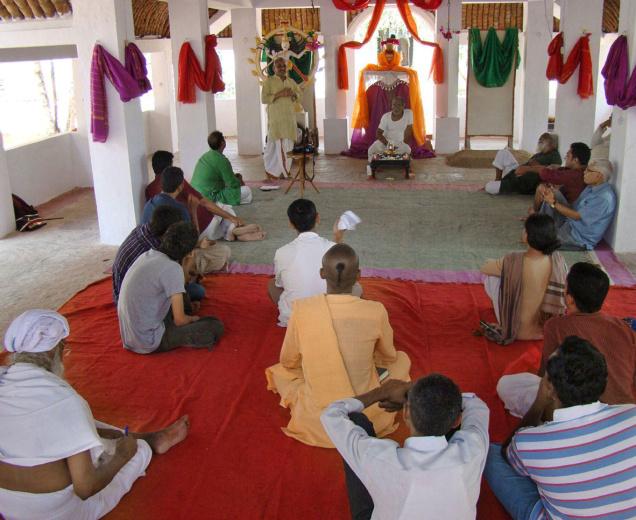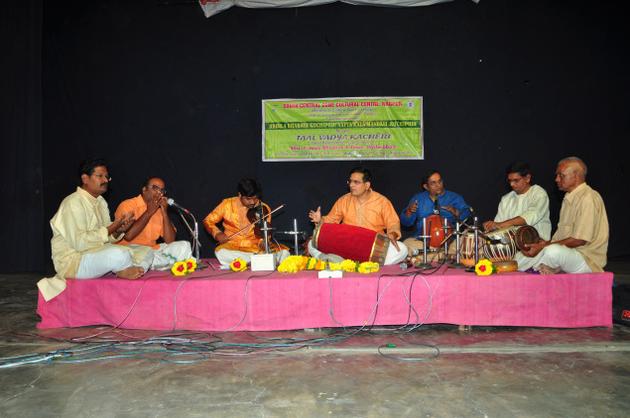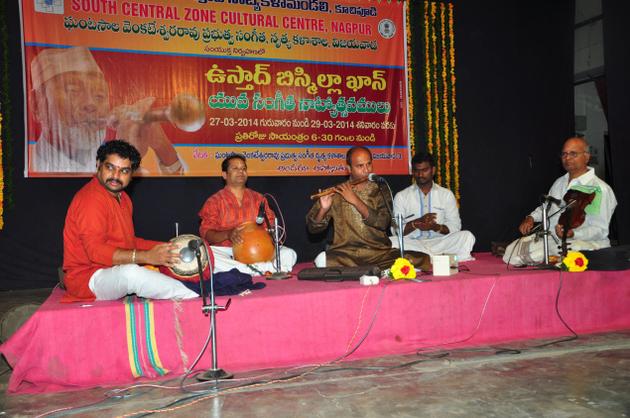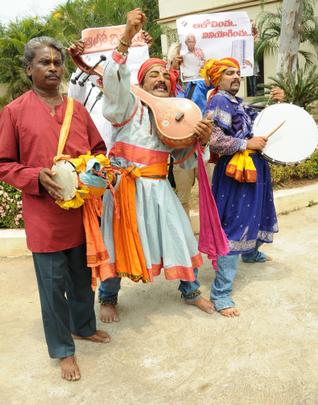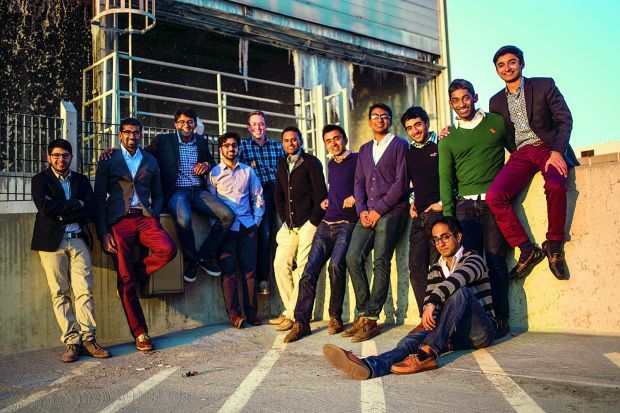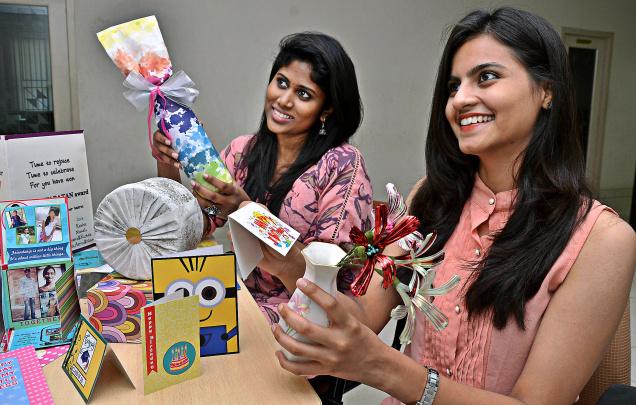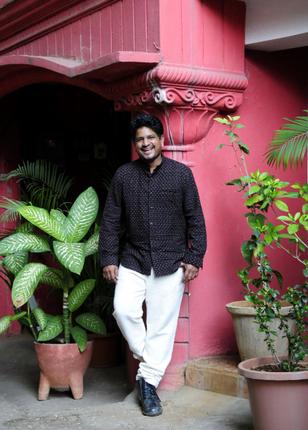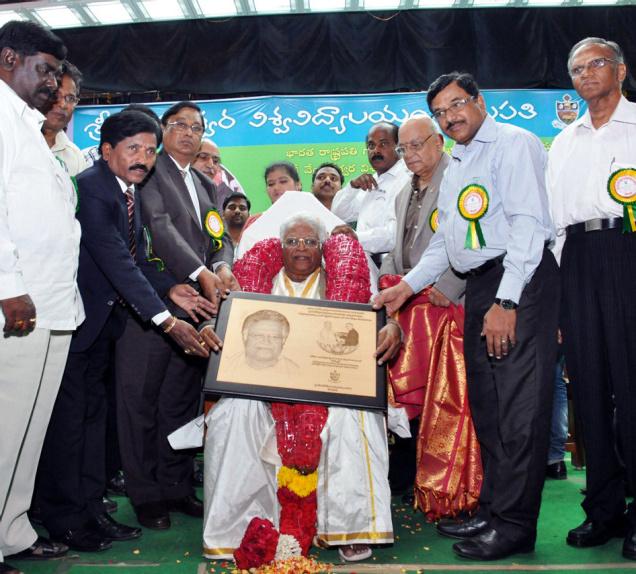Visakhapatnam :
The Vizag zoo is a veritable treat! My wife and I visited the zoo recently and I look forward to many more visits to partially satiate my thirst for photography. Housing almost 800 animals with around 80 different varieties and spread over 625 acres amidst the verdant expanse of the Eastern Ghats, the Indira Gandhi Zoological Park (IGZP) has the potential to emerge as a major tourist attraction.
The inmates range from big cats to primates, bears, herbivores, reptiles, birds as well as a special butterfly section that deserves special mention as it was the brainchild and effort of 12 students of BVK College. However, a lot more needs to be done to make it truly world-class. Singapore airport, for instance, has a butterfly park that is a delight for photographers and children alike and where the curator has placed cut pineapple slices with a natural honey spread to attract literally hundreds of butterflies fluttering about. A separate section allows the visitor to observe all the stages before the butterfly is born. With a little help and guidance, the Vizag zoo butterfly section can also become a greater visual treat than it presently is.
Among the objectives of the zoo are the conservation of fauna and close monitoring of the health of the animals but, more importantly, educating the public on the importance of wildlife conservation. Was it not Mahatma Gandhi who once said that the greatness of a nation can best be judged by how it treats its animals? In response to the demand for animal parts in China, particularly the tiger and rhino horn, it is credible to suggest that the tiger could well become extinct in a few years unless something is done urgently.
Some years ago, in a zoo in India, a tiger was skinned while it was still alive. The image in the newspaper that carried the report was of the tiger’s mate watching from a separate cage, its eyes filled with fear. The rhino is hunted for its horn and the elephant for its tusks. There are images of how the animals are trapped and then, the horn or tusks sawed off and the animal left bleeding. It takes the animal several hours to die, during which it suffers enormous pain.
Newspapers regularly carry reports of the man-animal conflict caused through the encroachment of the natural habitat of animals by human beings. Leopards and elephants regularly stray into villages and are either caught on time or end up killing goats and occasionally, turn into man-eaters and then, have to be shot. Amitav Ghosh, in his book The Hungry Tide, gives the account of how villagers, fed up of a tiger attacking villagers, trap it and then, brutally blind it before beating it to death. This is not fiction. And it is, therefore, all the more praiseworthy that the Vizag zoo has, among its commitments, the raising of public consciousness and involvement in conservation. It is this kind of partnership that delivers results finally. Conservation is not the sole responsibility of governments but rather a collective endeavor.
So, what can we do? Take the zoo website for instance, which appears to be maintained by a private provider. It was last updated in 2012, with some of the pages still under construction. Websites can be fun and a great way of reaching out to the public. Inviting photographs from visitors; tracking the biography of each animal in the zoo to create a kind of bonding with the animals; providing information and other details on animal health and conservation; uploading short films on the animal inhabitants; having a separate section on poaching and wildlife conservation; educating the visitors on do’s and don’ts, among other things.
Improving the website can be the easiest to achieve, but is the very first step that needs to be taken. A study of the websites of some of the great zoos globally, such as, New York, London or Sydney, can provide good pointers on how the Vizag zoo website can be revamped. Can this not be a project that the students of Gitam or Andhra University take up pro bono?
Educating the public is far more challenging than one cares to believe. Grown-up men hooting, while jumping up and down in front of the cages of primates, possibly to impress their children or simply as a reflection of their incomplete transition from the monkey, is a bizarre but regular sight. Or how the cars that are permitted within the zoo never fail to use the horn without a thought on how the noise disturbs the animals. Should the zoo not consider banning vehicles or imposing stiff fines in case of violations? Would it not be better for the zoo to run battery-operated vehicles and offer hop-on-hop-off services at a charge?
Can a ‘Friends of the Vizag Zoo’ not be created, comprising those willing to provide voluntary service, especially on weekends and holidays, to educate the public on how they ought to behave? Can the corporate sector not step in and provide, maintain and run the battery-operated vehicles? But then the manner in which CSR is approached needs to be rethought. A public sector bank, for instance, supports providing information on animals within the zoo. Interestingly, the size of the board on which the bank has placed its own advertisement is so large that people tend to read the bank’s message rather than the purpose for which the bank’s assistance might have been sought in the first place.
CSR cannot and should not become another advertising gimmick. If it does, it would defeat the very purpose of CSR. I should mention that it was heart-warming to read that a group of schoolchildren from Kolkata visiting Vizag offered their services to clean the zoo. This kind of effort goes a long way in creating the bonding that lies at the heart of tourism. Given the number of visitors the zoo attracts annually, can AP Tourism not see it as a legitimate tourism promotion activity? It is mentioned as one of the must-see places in Vizag in tourism brochures but there is a clear absence of AP Tourism’s presence and participation in the zoo. Chandana Khan, the head of AP Tourism, is an artist and painter in her own right. Would art classes in the zoo for school children not be an innovative way of attracting children and artists?
And while AP Tourism is mulling over the thought, could they consider improving the ‘canteen’ in the zoo? Would making available roasted corn and fresh coconut water not only provide employment and income but also be a healthier option to aerated drinks? Is it also not possible to have a shop in the premises selling picture postcards, tee-shirts, mugs, books/films on wildlife, and other zoo related products?
I am convinced that while AP Tourism has a role to play, it needs to do so imaginatively. Unless efforts are collective, collegial and participatory, tourism will succumb to the whims and fancies of a few, and deny people their legitimate right to be proud of their city.
(The writer is an ex-Indian diplomat-turned-writer presently living in Vizag. He can be reached at amit.dasgupta2013@yahoo.com)
source: http://www.timesofindia.indiatimes.com / The Times of India / Home> City> Visakhapatnam / by Amit DasGupta / TNN / March 30th, 2014
